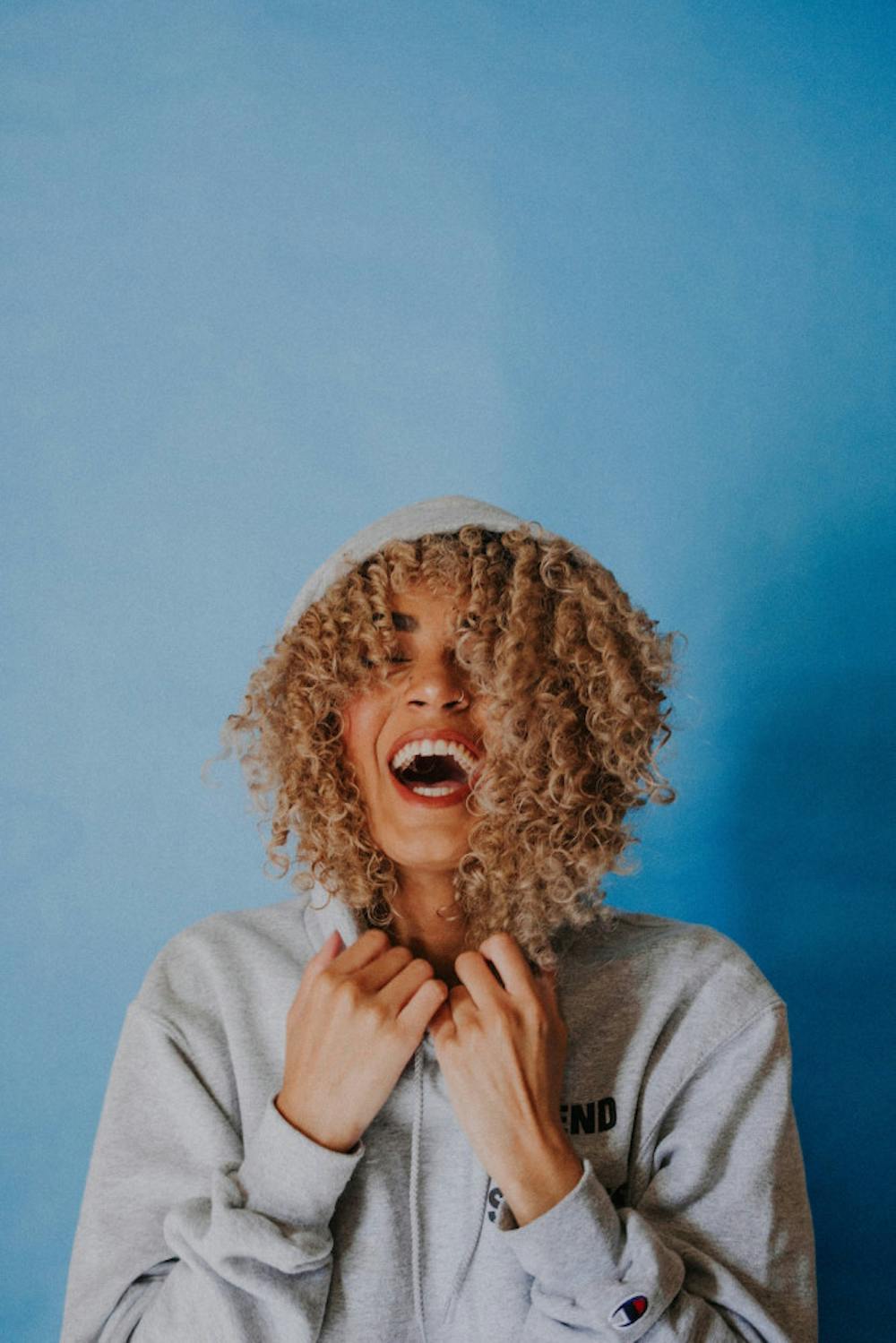All my childhood, I wanted pinstraight hair. The hair that grows out of my head is the exact opposite, curly like the corkscrew you use to open a bottle of wine. It’s hard for me to remember one classmate growing up who had curly hair. There was no one to share the trials and tribulations of having a hair type that requires half a bottle of conditioner. In high school, I abused my curls via over-shampooing, over-brushing and tugging on them to calm them down. It wasn’t until a few years ago that I realized my hair wasn’t the problem, but my brain — all thanks to the beauty and supportive nature of the curly hair community.
Now, the curly hair revolution is among us. On social media platforms and YouTube exists an entire community dedicated to curly-haired humans. Product reviews, daily hair routines and strange styling techniques all try to make a method to the madness that is our unpredictable hair.
The beauty of this community is the understanding nature that comes from the almost unanimous shared experience of having a “curly hair journey.” Most journeys start off the same with religious straightening or use of sulfate-filled shampoo (both sacrilegious practices in the curly community). Then, something switches and the transition begins: cue throwing out the straightener and a complete switch-up in hair products. However, it’s not that simple; it takes time for the hair to get used to being mistreated for so long and then suddenly cared for properly. For some, results are seen overnight. For others, it takes years for the damage to be undone. Whichever the case, everyone’s curly hair journey is different because everyone’s curls are different.
A few hair types include 2A, 3B and 4C out of the nine curly hair types. With type 1 being straight, each of the three curly hair groups (wavy, curly and coily/kinky) has a subgroup denoted by a letter that describes the diameter of the curls. But not everyone fits perfectly into each subgroup. My curl pattern ranges from 3A to 3B (even though the photo of me in the circle says otherwise, I was having a flat hair day, forgive me). Those in the curly hair community use these curl patterns as a guide for whose advice to follow. Just as there are so many curl types, a curl guru exists for each one.
It used to be that curly heads had to figure it out for themselves or use the wisdom passed down from curly-haired men and women before them. Basically, our Bible, Lorraine Massey’s “Curly Girl: The Handbook,” introduced the world to the secrets of healthy hair in 2001. Since then, an increase in curly hair pride, products and representation hopefully inspire the next generation of curly heads to experience an easier time dealing with their hair.
Thanks to the online curly hair community, a limitless amount of information is available to fix any of our hair-related problems. Hopefully, girls and boys with curls know the things they need to take care of their intrinsically different hair (the curly hair holy trinity: conditioner, diffuser and scrunching curls up and down).
I used to resent my curly hair. It made me stick out when all I wanted to do was fit in. It may have taken years of combing my hair “in the dark,” but the final stage in my curly hair journey is worth every trial and error. There’s nothing as satisfying as doing every meticulous step of my hair routine and the end product being hair that I’m proud of — even when all my life I tried to hide it.
Jackie DeFreitas is a UF journalism junior. Her column appears on Wednesdays.
Photo by Ivana Cajina on Unsplash





![Photo of the missing Leachianus “Leachie” gecko. [Photo courtesy of Mike Southwick]](https://snworksceo.imgix.net/ufa/907bd92a-0b29-40eb-a5fb-d7db7cf98b2f.sized-1000x1000.jpg?w=1500&ar=16%3A9&fit=crop&crop=faces&facepad=3&auto=format)
